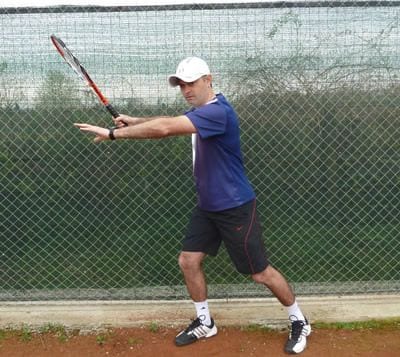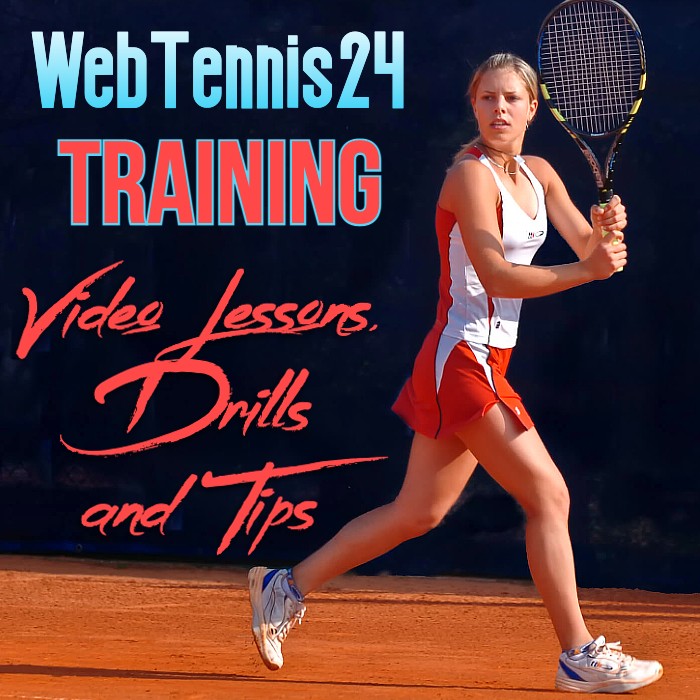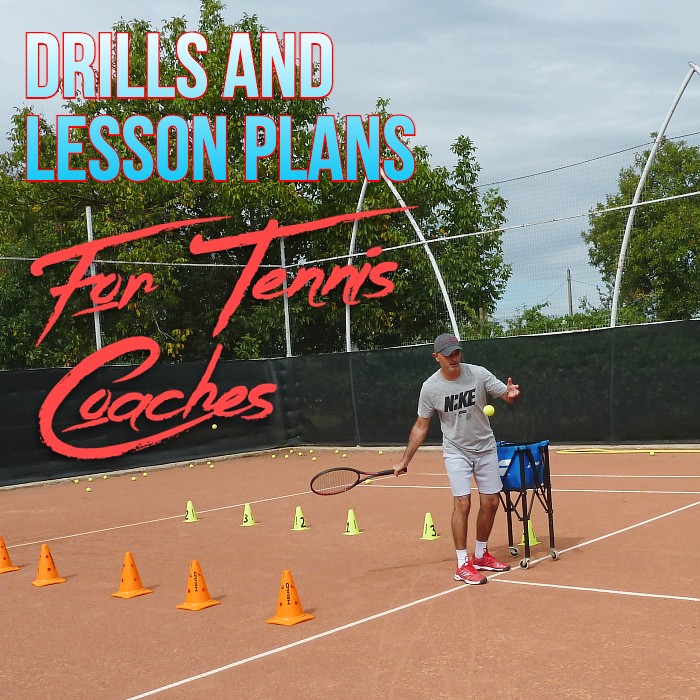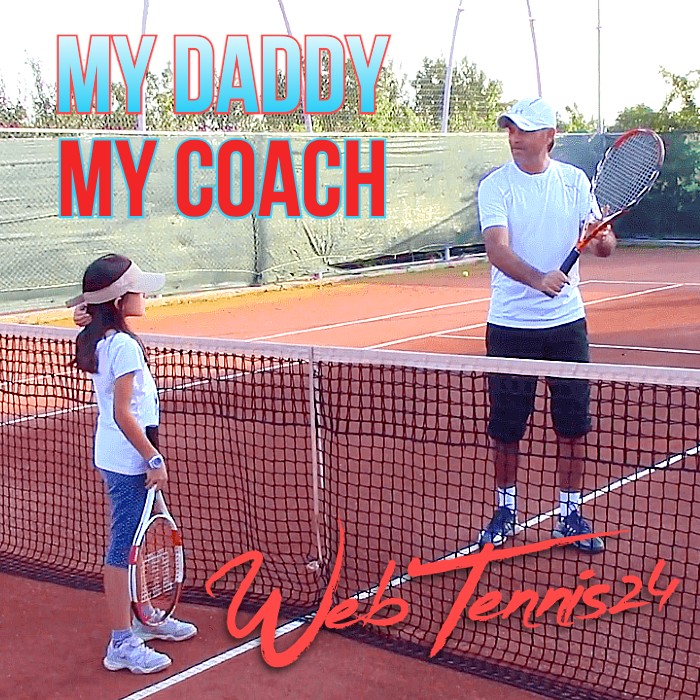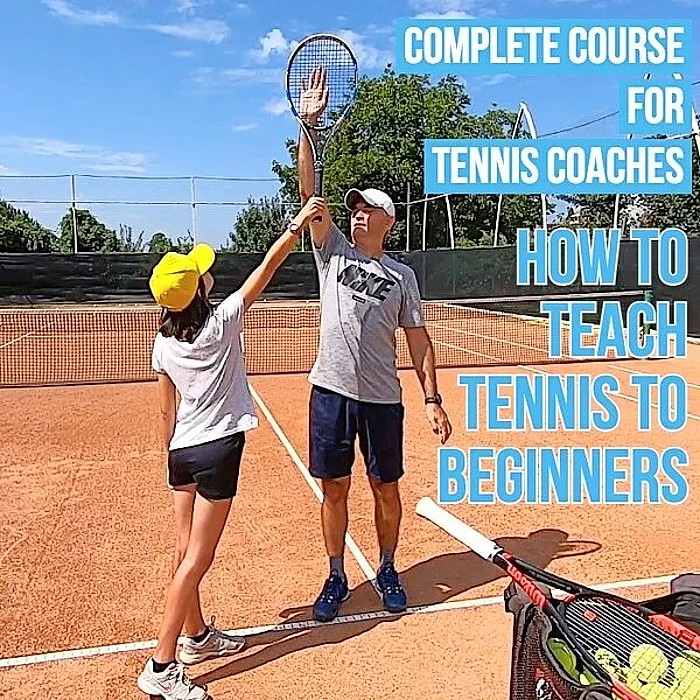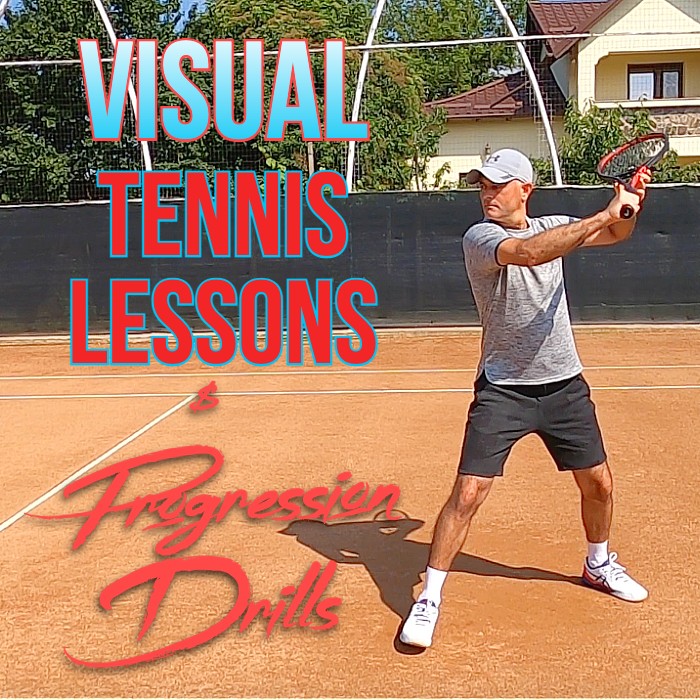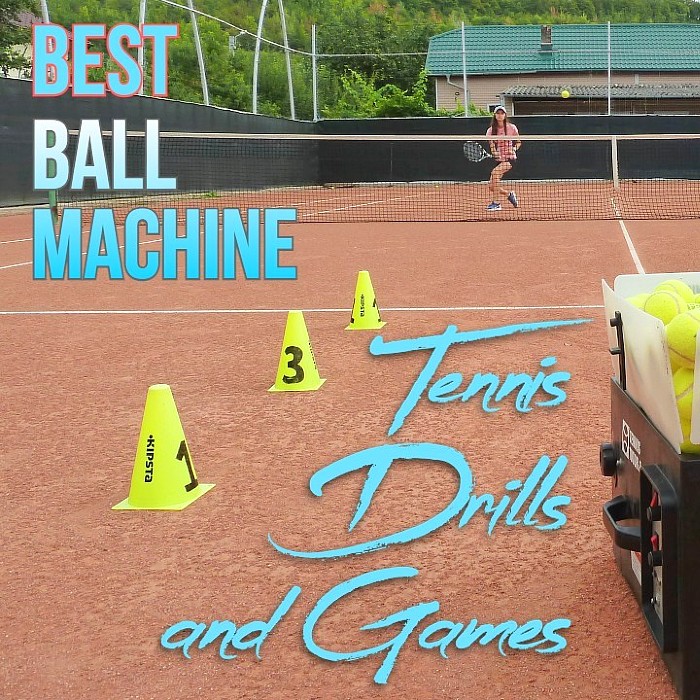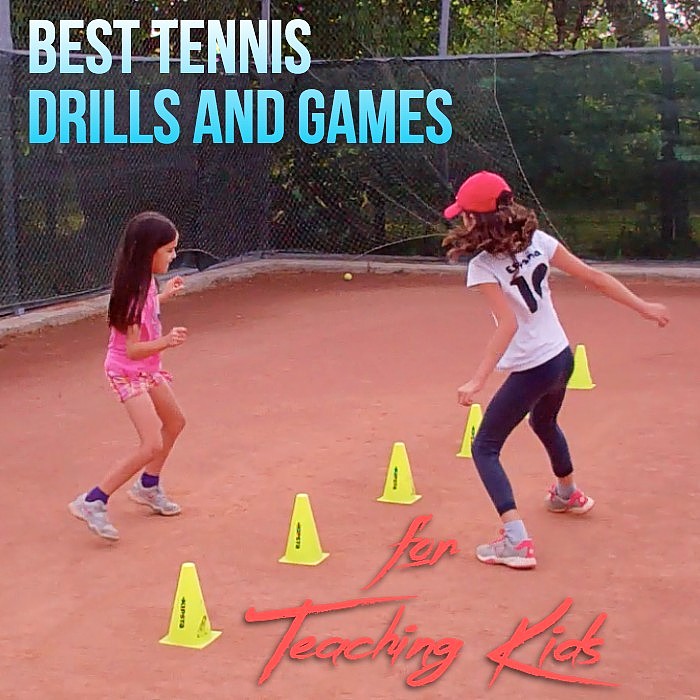Fun Ways for Beginning Players to Learn Tennis
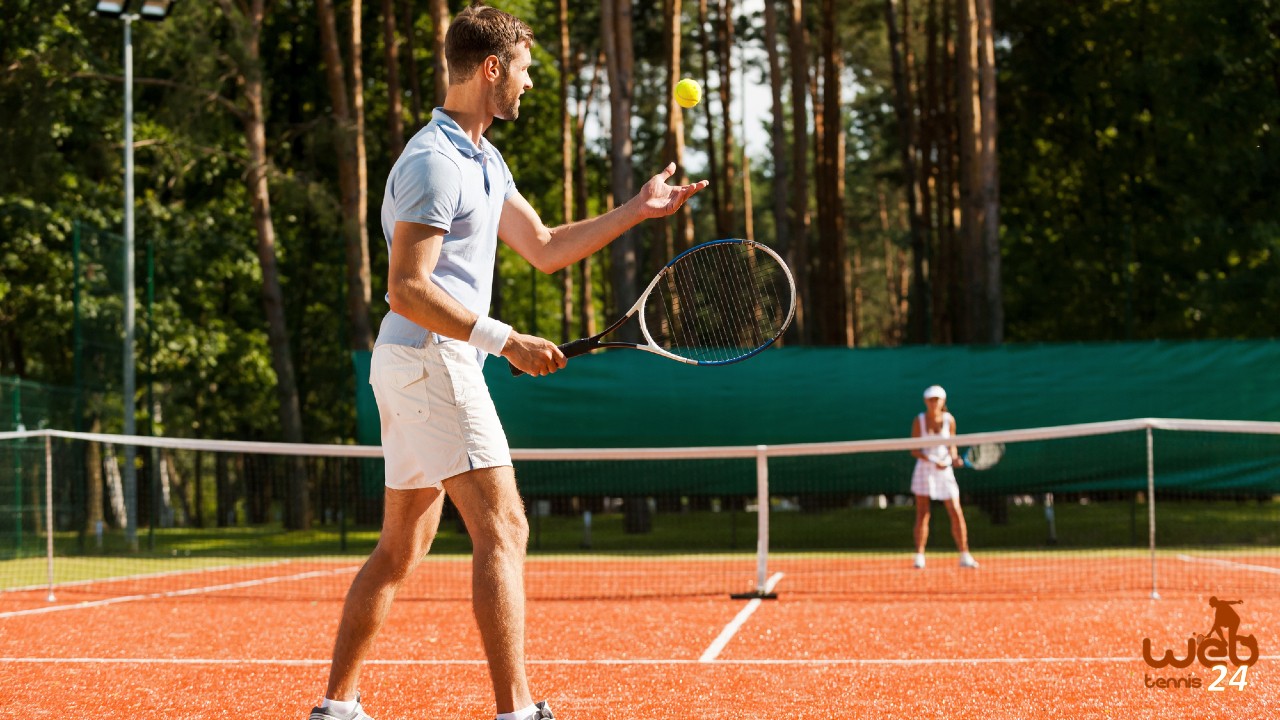
Tennis is a great sport not only for staying in shape but also for social interaction. That’s why learning tennis is, for many, a way of life – I’ve seen 40-year-old people picking up tennis for the first time and admitting that it became their new “addiction”: taking lots of lessons and even enrolling into local tournaments very early.
But as enjoyable as it can be, learning new skills might be boring to some. And that can be due to many reasons: the teacher/coach is not enthusiastic, they find the lessons repetitive and boring, too much instruction (“paralysis by analysis”) or just lack of coordination on their part.
Learning tennis must be done through the right amount of technical knowledge and, most importantly, fun drills and games.
As a tennis coach, I’ve tried to implement in my lessons a good balance between the right amount of technical information and fun activities.
Following is a list of “some” of my students’ favorite tennis drills and games that add variety and enjoyment to learning tennis:
– One Hundred – is an excellent drill that promotes groundstroke consistency.
It can be done by two players, from beginners to advanced.
The two rally while counting how many times the ball travels over the net. The winner will get a number of points equal to the number of times the ball passed over the net. They continue to add the numbers until one of the players reaches 100.
I personally like it because it improves the players’ ground-strokes consistency while enjoying friendly competition.
– High Tap – to improve serve contact point and timing.
It is for beginners and even intermediate-level players to get a good feel of how high the contact between ball and racquet should happen when serving. All a player needs is a high fence, a ball, and a racquet.
– You vs Basket is another fun drill that pretty much teaches a player how to play a regular match except that they will not compete against a player; someone will feed balls to them.
The feeder will ask the player to return a certain number of balls to get a point (e.g. for five balls in, the player receives 15-0; failing to do that would result in 0 – 15). Playing this game is good not only for learning how to keep score (beginners) but also to improve groundstrokes (rally) under pressure.
– Game Over is a great way to stay in shape while practicing forehand and backhand groundstrokes.
A feeder will send balls side to side for a player who practices this drill from the baseline. The feeding continues until the player gets exhausted chasing the balls, side to side, or until they say “game over!”. Excellent for all-level players.
– Bounce It is one of my favorite games to introduce to beginning players, even from their first lesson. It develops great hand-eye coordination, good exercise, and lots of fun. Players get comfortable controlling the ball and racquet.
In short, there are two or more players on opposite sides that will pass the ball over the net avoiding having the ball roll on their side. If the ball rolls on their court, the opponent receives a point. While the ball is in their court the players can bounce the ball on the racquet or down, then, whenever ready, hit it over the net. Touching the ball by hand is not allowed; only the racquet.
– Plus 20 is another rally game that beginning players would enjoy. This must be played against a more experienced tennis partner.
The beginning player is required to rally with their partner; for every ball hit over the net and inside the singles court they will receive +1 point until they reach +20. But, if a mistake is made (hits the net or out), the player loses two points (-2).
It is a good drill/game to improve ground-stroke consistency under a little bit of pressure.
These are just some of the fun drills and games beginning players can enjoy, but there are many more that you can discover by looking through the WebTennis24 programs.
Enjoy your tennis.

Cosmin Miholca
Certified Tennis Coach
Check out my work at WebTennis24 where I share with you my best video tennis lessons, drills and tips for players, coaches and tennis parents.

